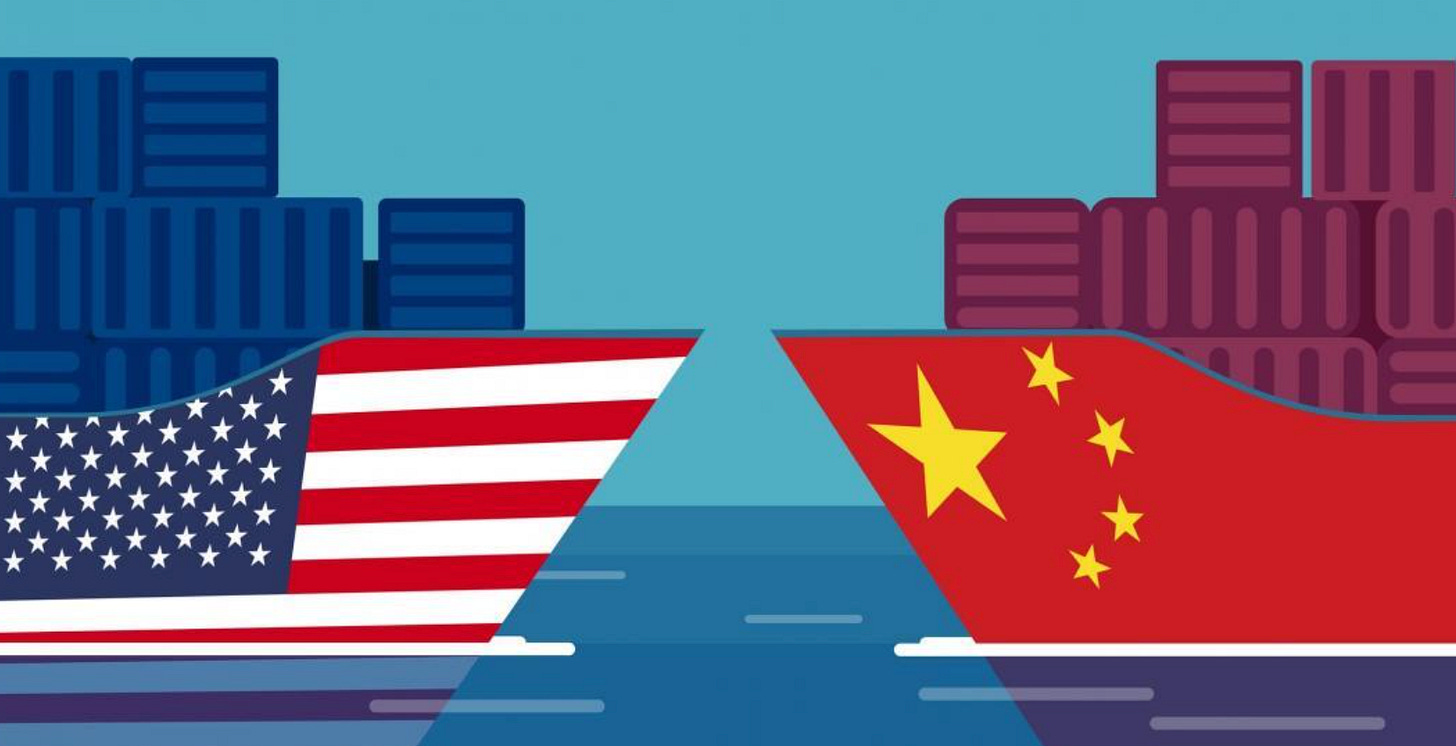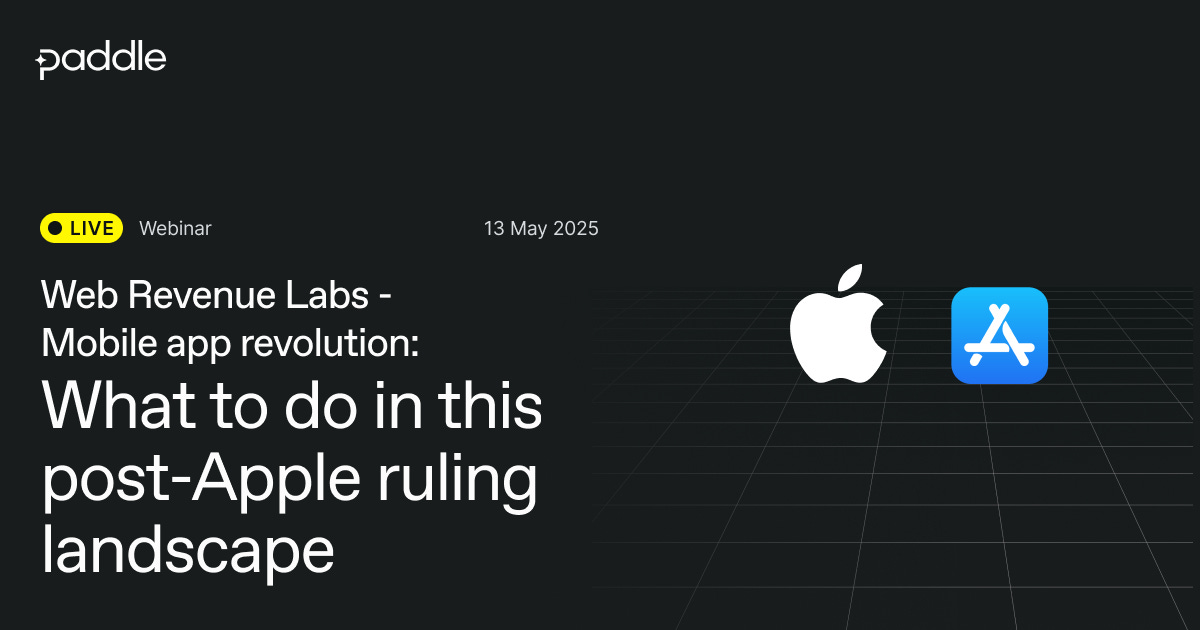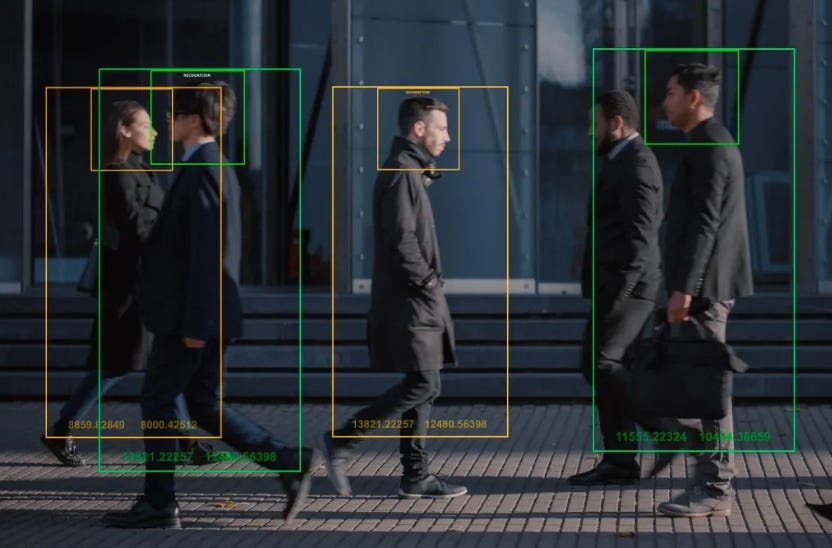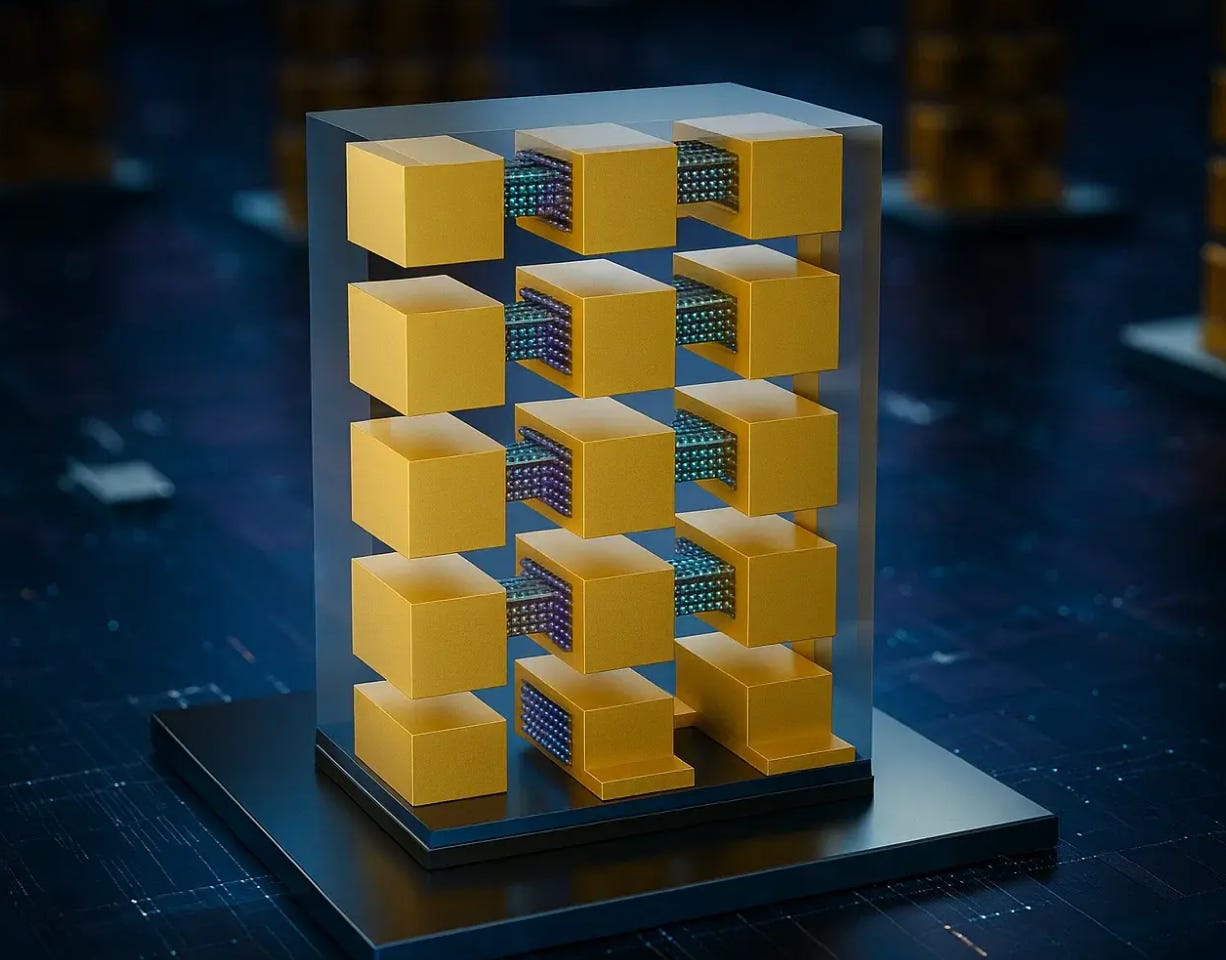- Yaro on AI and Tech Trends
- Posts
- 🚀US-China Tariff Truce Sparks Tech and AI Sector Rally.
🚀US-China Tariff Truce Sparks Tech and AI Sector Rally.
And: Police Are Using a New AI Tool to Bypass Facial Recognition Bans.
Get in Front of 50k Tech Leaders: Grow With Us
In partnership with Paddle: What to do in this post-Apple ruling landscape.
Monday again, let’s go… A 90-day tariff truce with China has sparked market optimism and fueled a trade rally. While tariffs are expected to return, they may not reach previous highs. Meanwhile, reports suggest U.S. police are using AI tools to sidestep facial recognition bans. At the same time, China is accelerating efforts to reduce its reliance on U.S. and Taiwanese technology, despite the temporary trade pause.
US-China Tariff Truce Sparks Tech and AI Sector Rally.
🧰 AI Tools
Police Are Using a New AI Tool to Bypass Facial Recognition Bans.
🧠 Learning Corner - IBM Free Courses
China Builds World’s Fastest Transistor, Without Silicon.
📰 News and Trends.
US-China Tariff Truce Sparks Tech and AI Sector Rally.

The U.S. and China have agreed to a 90-day reduction in tariffs, with U.S. duties on Chinese goods dropping from 145% to 30%, and China's tariffs on U.S. products decreasing from 125% to 10%. This significant de-escalation has led to a surge in tech stocks and offers a temporary reprieve for the AI and technology industries.
Key Impacts:
Tech Stock Surge: Major tech companies experienced notable gains. Apple's stock rose to $208.83, Nvidia's to $121.86, and Amazon's to $207.41, reflecting renewed investor confidence .
Supply Chain Relief: The tariff rollback eases costs for importing critical components like semiconductors and rare earth elements, benefiting AI hardware production and reducing pressure on tech firms reliant on Chinese manufacturing.
AI Infrastructure Development: Lower import costs for hardware components make it more feasible to build and expand AI data centers domestically, potentially accelerating AI development and deployment in the U.S.
Consumer Benefits: Reduced tariffs can lead to lower prices for consumer electronics, making AI-powered devices more accessible to a broader market.
While this truce offers immediate benefits, it's a temporary measure. Long-term strategies should account for the potential reinstatement of tariffs and ongoing geopolitical dynamics. Nevertheless, the current environment provides a window of opportunity for the AI and tech industries to stabilize supply chains, reduce costs, and foster innovation.
Mobile app revolution: What to do in this post-Apple ruling landscape.

The mobile app space in the US just fundamentally changed.
Join Paddle and Nathan Hudson, CEO of Perceptycs as they dive into what that actually means in practice for your app and what to do next.
🧠 Learning Corner.
IBM SkillsBuild - over 1,000 free courses in AI, machine learning, and related fields. Participants can earn IBM-branded digital credentials recognized in the industry.
Police Are Using a New AI Tool to Bypass Facial Recognition Bans.

A new AI system called Track, built by Veritone, is being used by over 400 U.S. police departments and federal agencies to track individuals based on physical attributes like body size, gender, clothing, and accessories, without relying on facial recognition. It’s already in use by the DOJ and expanding within DHS and the Department of Defense.
The tool can analyze video footage—from police bodycams to social media uploads—and track people across multiple locations, even when faces are obscured. Civil liberties groups, including the ACLU, warn that Track poses similar or greater surveillance risks than facial recognition, yet it isn’t covered by laws banning biometric tracking. Hello 1984…
With real-time tracking expected soon and privacy laws lagging, critics say this AI enables mass surveillance at a scale never before possible, especially as government agencies expand monitoring of protesters, immigrants, and students.
📰 AI News and Trends
OpenAI and Microsoft reportedly renegotiating partnership to allow for potential IPO.
Meta is launching a new ad product using AI to get brands closer to trending Reels.
Annapurna is the Stealthy Lab Cooking Up Amazon’s Secret Sauce.
Cuts at NOAA lead to new weather balloon technology at the agency.
OpenAI agrees to buy Windsurf for about $3 billion
What's the carbon footprint of using ChatGPT?
🌐 Other Tech news
U.S., China Agree to Slash Tariffs for 90 Days.
Battery giant CATL goes public, aiming to raise $4 billion in Hong Kong listing.
Starlink to launch on United Airlines planes by May 15.
Everyone wants to be a creator and go viral. Digital creator jobs have jumped 7.5x since the pandemic
🧰 AI Tools
Video Summarizer.
Download our list of 1000+ Tools for free.
China Builds World’s Fastest Transistor, Without Silicon.

Chinese scientists at Peking University have created the world’s fastest and most energy-efficient transistor — and it’s not made of silicon. Using a 2D material called bismuth oxyselenide (Bi₂O₂Se), the transistor runs 40% faster than the most advanced 3nm silicon chips while using 10% less power. Instead of the standard FinFET design, the team used a Gate-All-Around (GAAFET) structure for greater current control and energy efficiency.
This breakthrough comes amid U.S. export restrictions on advanced chip-making equipment. Since the new transistor can be made using China’s existing tools, it offers a potential path forward for China's chip independence. Though it’s still early, the team is already working on scaling production — a sign that a non-silicon future in semiconductors is no longer science fiction.

Reply